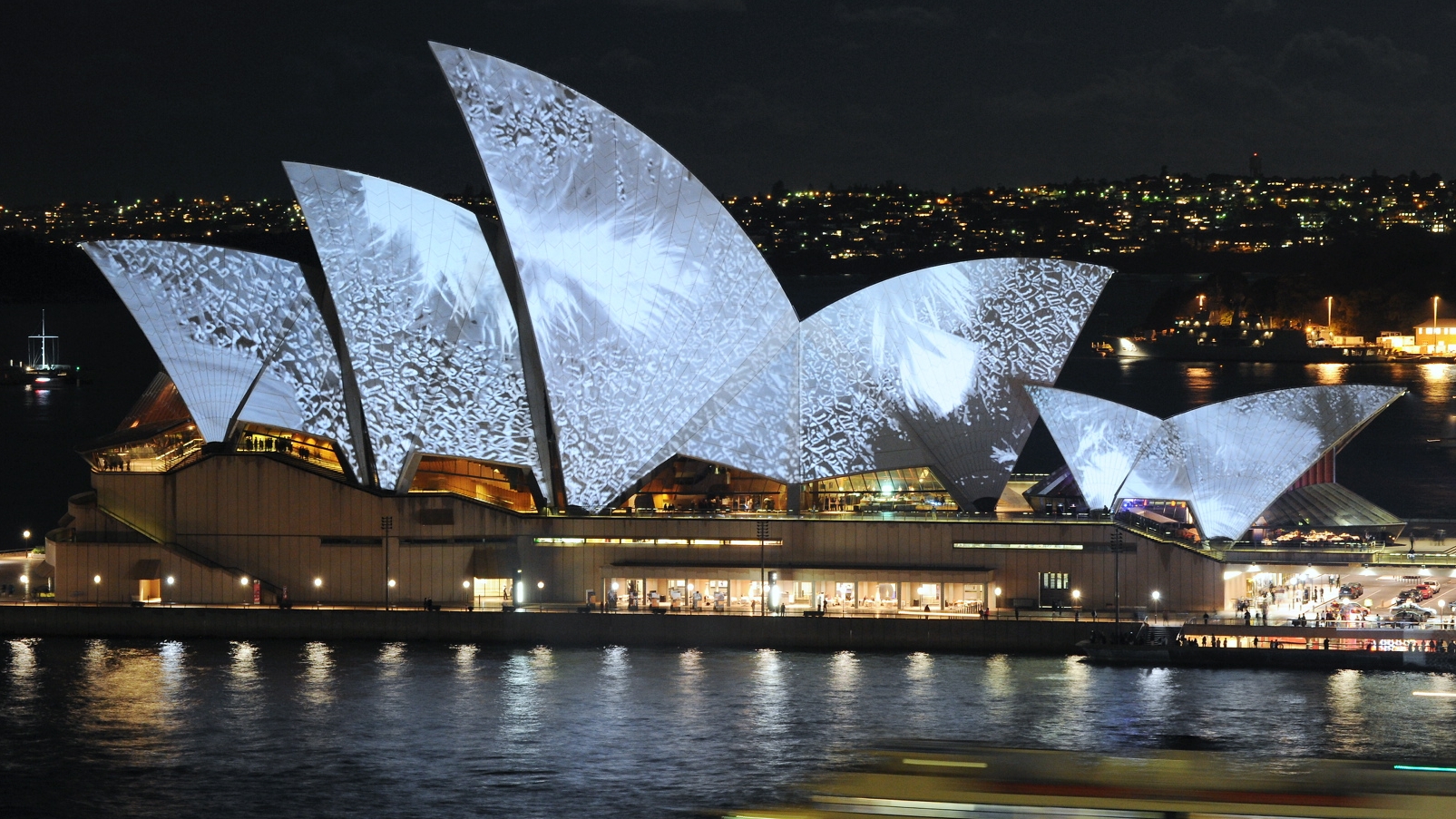The world famously known Australian building, or perhaps, the most famous design of any modern building anywhere, the Sydney Opera House, is located at Sydney Harbor in Sydney, New South Wales, Australia. It was officially opened by the Queen of the United Kingdom and the other Commonwealth realms, Queen Elizabeth II on 20th October. It is one of the most famous and distinctive buildings of the 20th century. According to the International Council Report on Monuments and Sites to the World Heritage Committee:
“Sydney Opera House stands by itself as one of the indisputable masterpieces of human creativity, not only in the 20th century but in the history of humankind”
However, as astonishing as the Opera House is, it’s History is known to be quite interesting as well.
The interesting fact is that the world famous Australian architecture was not designed by an Australian. The international design competition held in the late 1950s had received 233 entries from 32 countries. However, among these, the selected winner was an architect named Jørn Utzon from Denmark. He received ₤5000 for his design.
However, much to Utzons shock, the Opera House was not completed to his original specifications. Though it was hardly surprising, the State Government back then had interfered with Utzon’s plan due to concerns about the escalating cost. The design of the building was originally expected to cost only $7 million. As Utzon’s plans were interfered by the government, before the project was completed, Utzon had left the country in a fit of rage and had vowed to never return back again.
He said that the reason why he left the project was the lack of collaboration from the government and on top of that, the Australian Politician back then, Sir William Davis Hughes had refused to pay him any fees as well.
To minimize the budget of the project, the government had instructed a team of architects to scale down the size of the interior building. The rehearsal rooms and other facilities for the various theaters within the complex were either made considerably smaller or cut out altogether. For this reason, some of the artists had even complained bitterly about them.

The Opera House was completed on 1973. It was originally expected to finish in 4 years, however, after a much heated discussion of 14 years, and at a cost of $102 million, paid by a State Lottery, the Opera House was built by 10,000 construction workers in 1959.
The highly authentic shape of the Opera House is similar to that of the sails of a sailing ship and broken eggshells. The shells of the competition entry were originally of unidentified geometry, but early in the design process, the “shells” were perceived as a series of parabolas supported by precast concrete ribs. However, the engineers couldn’t find an acceptable solution to construct them within the given budget by the government. After 6 years, the design team had finally found an economically acceptable soultion; to create all the shells as sections from a sphere after going through a minimum of 12 iterations.

The major hall was originally supposed to be a multipurpose opera/concert hall as per the designs of Utzon. However, it later was changed to solely a concert hall and the minor hall -originally for stage productions only- was changed to an Opera Theater. These were later changed to two live drama theaters.
Apart from these changes, Utzon’s plywood corridor designs, and his acoustic and seating designs for the interior of both major halls were scrapped completely as well.
Despite the controversy that surrounds its birth, the Opera House has risen above the petty squabbling and is now known as a modern architectural masterpiece. Since 1973, it has been home to many of the world’s greatest artists and performances, and is also a meeting place for matters of local and international significance since the Opera House was opened.
The original designer of the Opera House, Jørn Utzon was neither invited to the opening ceremony, nor was his name mentioned during the ceremony.
Nevertheless, it had received the architecture’s highest award in 2003. While awarding the Opera House, Frank Gehry said: “Jørn Utzon made a building well ahead of its time, far ahead of available technology… a building that changed the image of an entire country.”
“It stands by itself as one of the indisputable masterpieces of human creativity, not only in the 20th century but in the history of humankind.” Expert evaluation report to the UNESCO World Heritage Committee, 2007.
The Opera House is now Australia’s number one tourist destination, welcoming over 8.2 million visitors per year. It is one of the busiest performing arts centers presenting more than 2000 shows over a year, and is visited by 10.9 millions every year.





